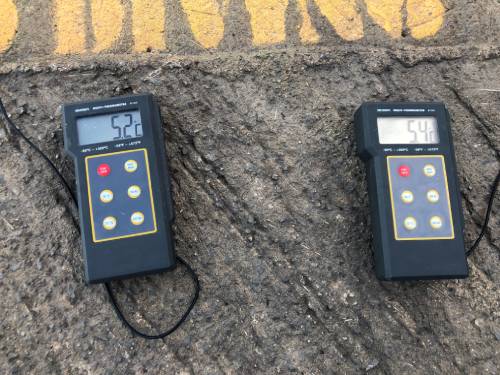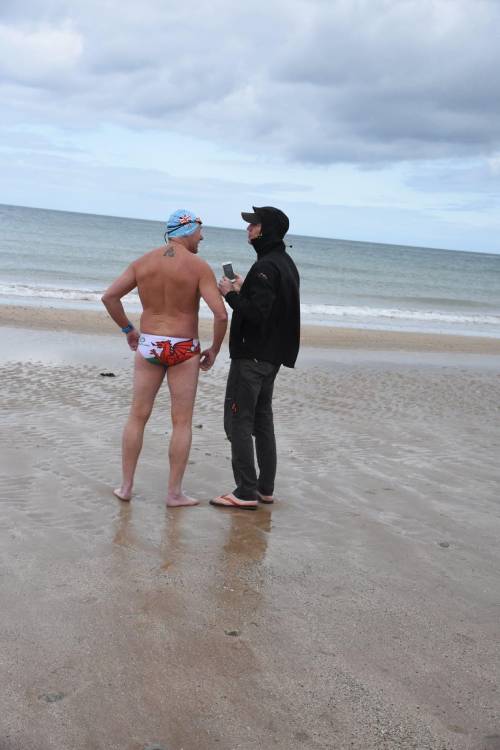
STA Swim Teacher Myth Busting
Myth Busting: how long should you stay in the water when starting open water swimming?
Meet Steve, an open water swim coach and STA Coach. In this blog, Steve is going to be taking you through his safety tips for Cold Water Swimming and debunking some myths you may have heard.
We are all different, male and female, and have a varying tolerance to the cold. It is widely recognised that women are more suited to cold water swimming as they carry a larger amount of apportioned body fat than men but there are female swimmers with only 10% body fat that can tolerate the cold for longer than others.


From a personal point of view, I have been ice swimming for three years and have swum a Km at 4 degrees, have attempted the Ice Mile and regularly swim a mile at 6-7 degrees with no ill effect.
It has been said that you should only stay in the water for 1 minute per degree of water temperature so if the temp is 10 degrees then the advice is swim for 10 minutes. So, how does this explain that 455 people worldwide have achieved an ice mile?
An ice mile is swum at 5 degrees or under wearing a regulation costume, silicone hat and goggles. The times achieved in doing an ice mile range from 22 mins to 45 mins. This goes against the advice; or does it?
It takes about three years of acclimatisation to prepare your body for the extremes of cold and swimming in cold water should not be taken lightly. The physiological effects on your body when you enter cold water can, and have, caused fatalities.
If you are wanting to swim in cold water, and it is one of the fastest growing sports in the world, you need to listen to the advice of those who do it and have done it.


Never swim alone!
Always let someone know where you are going to swim, have someone on the side who can help you dress as you recover.
Cover up!
Try a few small swims at first wearing a wetsuit, gloves, boots and two swim caps. - Eventually you can lose your gloves and boots. When you feel comfortable about removing your wetsuit do it after a suited swim but only swim for a couple of minutes.
Get yourself out and dried as quick as you can, wear multiple layers, socks, gloves and very importantly a hat!!
Move around!
Walk around to help with circulation. Get someone to walk with you. Drink something hot and be prepared for the ‘aftershock’ aka the shivers.


Support is key!
When I turn up at a venue I know how far I am attempting to swim on that day and I tell my support.
It is my wife who supports me from the bank and counts my strokes. Should I slow from a regular 25 strokes per minute to 22-23 she will call me out of the water. A slowing down suggests that I am too cold and becoming hypothermic. As soon as I’m out of the water she helps me dress and plies me with a hot chocolate drink.
Look good but be practical!
The favoured dress wear for open water swimmers is a Dry Robe coat but there are other, equally good, brands available. If you buy one, then opt for a long sleeve version.
Open water swimmers are not fashion conscious opting for practical clothing. Take a look around after a swim and note the array of attire. No designer labels, no tags. No one cares what you look like but you will find and make new friends. Open water swimmers are the least pretentious athletes you will meet and regardless of your age, frame, ability they will be interested in you and what you are doing.












